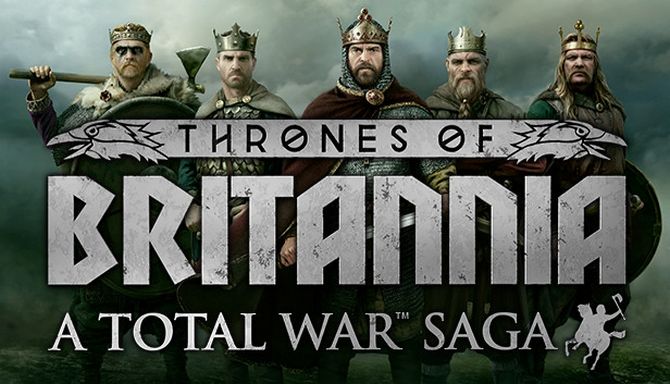Dreki - Eastmen Axe Warriors
This transport ship is light and easy to manoeuvre, but almost defenceless if attacked.The Norse-Gaels are fond of their axes. Very fond.
For most of history the only way to move cargoes and people over long distances at any kind of reasonable speed was by water; this remained true until the invention of the railway. Trading vessels carried goods, following the coastlines for the most part, and up navigable rivers. The pattern of settlement and colonisation was almost entirely based on where ships could go. It was also considerably easier to move armies by sea than march them long distances. Trade ships were hired or requisitioned for such tasks, and this was an added incentive for generals to reach a quick conclusion to a campaign: war hurt trade, and used up ships needed for vital food supplies.
(Eastmen Axe Warriors)
In the centuries following the eighth-century appearance of the first recorded Viking raiders in the Irish Sea, those of the Norse who chose to settle in the region came to be known as the ‘Ostmenn’, or more literally, ‘the men of the east’. This was how the settled Norse-Gaels contrasted themselves from the native Gaels, who they referred to as ‘Vestmen’, unsurprisingly, ‘the men of the west’. Combining local traditions with their own, the Norse-Gaels were culturally distinct from both the Gaels and their Scandinavian forefathers. Their hybridisation of traditions took place against the setting of their coastal defensive strongholds, many of which were the nuclei of the powerful independent kingdoms of later years. Norse-Gaelic powerbases would eventually be established in places like Dublin, Galloway, and Mann, amongst other places.
As with many facets of their culture, the martial traditions of the Norse-Gaels retained both Viking and Gaelic elements. For some, the one-handed axe would have been the weapon of choice, since swords were costly and axes would have been already widely available as domestic tools. Various adaptations of axes were used in battle, such as the smaller throwing francisca made famous by the Franks, and the slightly larger versions primarily used as part of axe-and-shield war getups. Axes granted a unique form of damage output – although swords were ideal for slashing and stabbing, an axe could hack and chop with relatively less effort, and in the right hands was particularly useful for piercing armour, decapitation, and dismemberment.
Unit Name Dreki - Eastmen Axe Warriors |
Main Unit Key shp_est_axe_warriors |
Land Unit Key est_axe_warriors |
Naval Unit Key vik_dreki |
Soldiers 160 |
Category Heavy Ship |
Class Melee Ship |
Custom Battle Cost 400 |
Recruitment Cost 400 |
Upkeep Cost 100 |
Hull Strength |
└ Ship vik_dreki |
Speed |
Melee Skill 36 |
Melee Damage 32 |
├ Melee Weapon vik_axe |
├ Melee Base Damage 13 |
├ Armour-piercing Damage 19 |
├ Armour Piercing No |
├ Attack Against Cavalry 0 |
├ Attack Against Elephants 0 |
└ Attack Against Infantry 0 |
Charge Bonus 38 |
Melee Defence 66 |
├ Base Defence 36 |
├ Shield vik_medium |
└ Shield 30 |
Armour 15 |
├ Armour vik_leather_helmet |
├ Armour Defence 15 |
└ Shield Armour 0 |
Health 100 |
├ Man Entity vik_inf_med |
├ Man Health 100 |
└ Bonus Hit Points 0 |
Morale 47 |
Abilities
Eastmen Axe Warriors- Shield Castle
"Heads down, lads, things are about to get a little hairy around here!"
Units cannot move in this formation.
Attributes
- [[col:yellow]]Expert Charge Defence[[/col]]
This unit’s melee attack and damage are increased against charging enemies. - [[col:yellow]]Disciplined[[/col]]
This unit does not suffer a morale penalty when the general dies. It can also rally after routing more often. - [[col:yellow]]Hide (forest)[[/col]]
This unit can hide in forests until enemy units get too close. - [[col:yellow]]Raider[[/col]]
This unit may set buildings on fire, cause more fire damage with torches and capture faster than other units.
Strengths & Weaknesses
No Strengths and Weaknesses


 Français
Français Italiano
Italiano Deutsch
Deutsch Español
Español Русский
Русский Čeština
Čeština Polski
Polski Türkçe
Türkçe Português (Brasil)
Português (Brasil) 한국어
한국어 简体中文
简体中文 正體中文
正體中文
